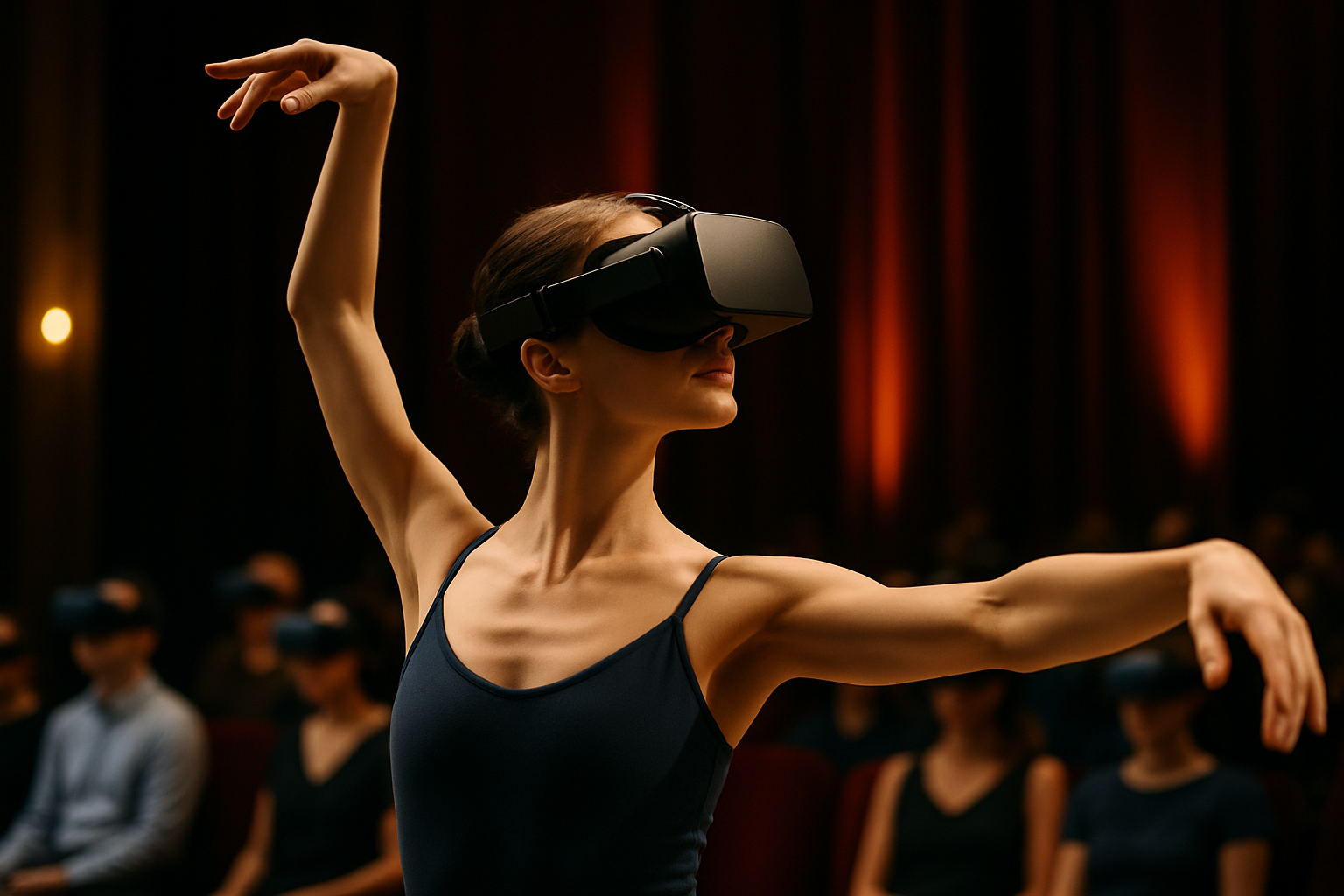Holographic Theaters: The Next Frontier of Live Performance
In the ever-evolving landscape of entertainment, a groundbreaking technology is poised to revolutionize the way we experience live performances. Holographic theaters, once confined to the realm of science fiction, are now emerging as a tangible reality, offering audiences an unprecedented level of immersion and interactivity. This innovative fusion of cutting-edge technology and traditional stagecraft is not only pushing the boundaries of artistic expression but also challenging our perceptions of what constitutes a live performance.

Technological Marvels Behind the Curtain
At the heart of holographic theater lies a complex array of technologies working in harmony. High-powered lasers, advanced projection systems, and sophisticated software combine to create lifelike, three-dimensional images that seem to occupy physical space. These images are not mere projections on a flat surface but appear to have depth and volume, allowing performers to interact with them in real-time.
Blurring the Lines Between Reality and Illusion
One of the most compelling aspects of holographic theater is its ability to seamlessly blend the physical and digital realms. Actors can share the stage with holographic co-stars, historical figures can be brought back to life for performances, and fantastical environments can be created with unprecedented realism. This blending of realities opens up a world of creative possibilities, allowing directors and performers to tell stories in ways that were previously impossible.
The Impact on Traditional Theater
As holographic theaters gain traction, questions arise about their impact on traditional theater. Some critics argue that the technology may overshadow the human element of performance, while proponents see it as a tool to enhance rather than replace live actors. The reality likely lies somewhere in between, with holographic elements complementing and expanding upon the strengths of traditional theater rather than supplanting them entirely.
Challenges and Opportunities
Despite its potential, holographic theater faces several challenges. The technology remains expensive and complex, limiting its accessibility to only the most well-funded productions. Additionally, there are concerns about the environmental impact of the energy-intensive systems required to create holographic displays. However, these challenges also present opportunities for innovation in sustainable technology and for making holographic theater more accessible to smaller venues and productions.
The Future of Performance Art
As holographic theater continues to evolve, it prompts us to reconsider our definitions of live performance and audience engagement. The technology offers the potential for global, simultaneous performances, with holographic actors appearing on stages around the world simultaneously. It also opens up new possibilities for interactive experiences, where audience members can influence or even participate in the holographic elements of a show.
Cultural and Artistic Implications
The advent of holographic theater raises intriguing questions about the nature of art and performance in the digital age. As the lines between live and digital performances blur, new forms of artistic expression are emerging. This technology has the potential to democratize access to world-class performances, bringing them to audiences in remote locations who might otherwise never have the opportunity to experience them.
Ethical Considerations
With the ability to recreate deceased performers or historical figures comes a host of ethical considerations. Questions of consent, authenticity, and the preservation of artistic legacy must be carefully navigated. The industry will need to develop guidelines and best practices to ensure that holographic representations are used responsibly and respectfully.
A New Era of Storytelling
Holographic theater represents more than just a technological advancement; it heralds a new era of storytelling. By combining the immediacy and human connection of live theater with the limitless possibilities of digital technology, it offers a unique platform for creators to push the boundaries of narrative and visual art. As the technology continues to mature, we can expect to see increasingly sophisticated and emotionally resonant holographic performances that challenge our perceptions and expand our artistic horizons.
In conclusion, holographic theater stands at the forefront of a new artistic frontier, blending the timeless appeal of live performance with the cutting-edge capabilities of digital technology. As it continues to evolve and mature, this innovative medium has the potential to redefine our understanding of theater and push the boundaries of creative expression in ways we are only beginning to imagine. The stage is set for a new era of performance art, where the only limit is the imagination of the creators and the willingness of audiences to embrace this bold new frontier.





